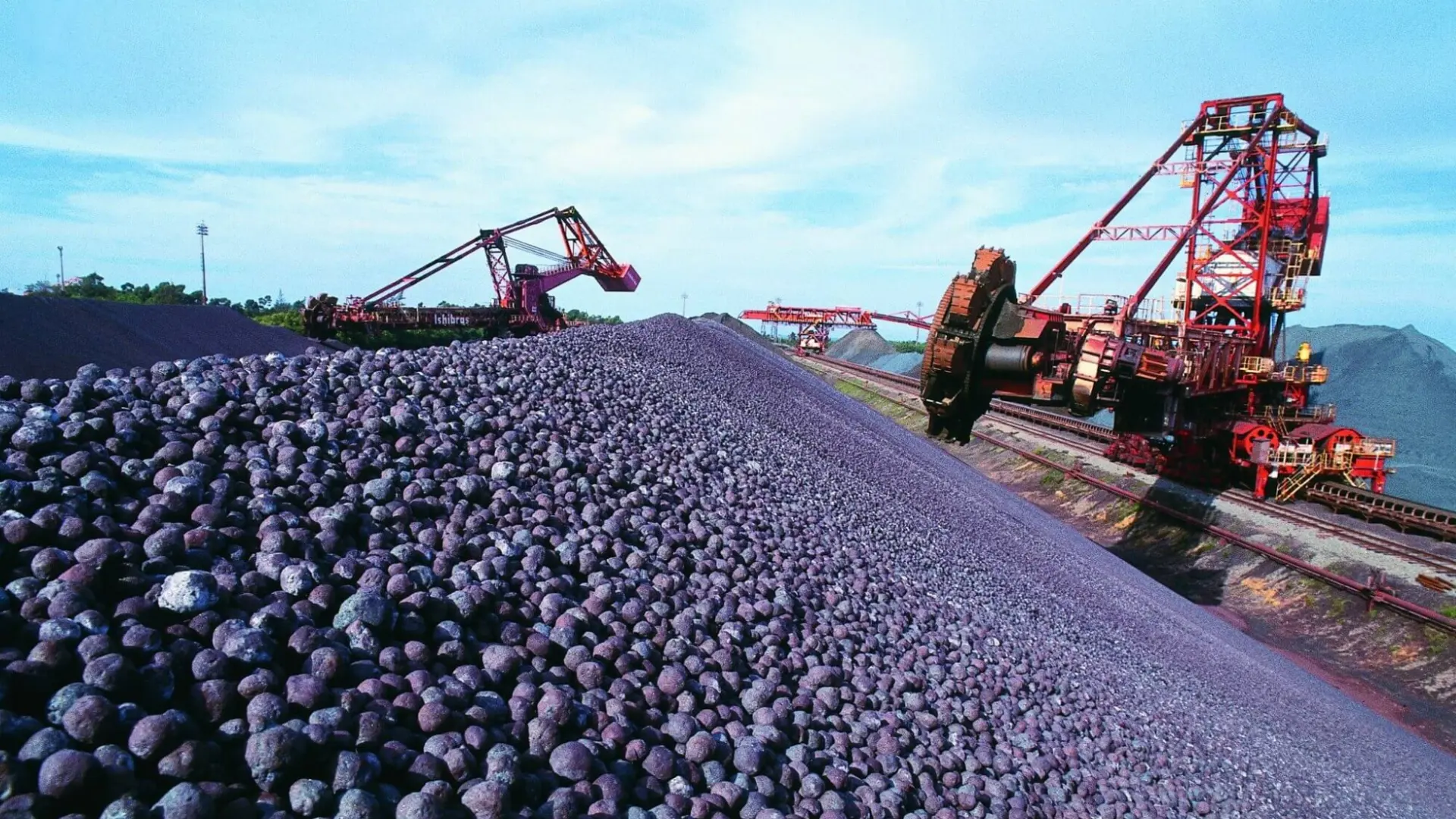What measures can be taken to reduce the environmental damage caused by tungsten mining?
Category: Industry News
Published Time: 2025-05-23
Summary: Reducing the environmental damage caused by tungsten mining requires a multi-faceted approach, including improvements in mining techniques and processes, ecological protection, and recycling.
Reducing the environmental damage caused by tungsten mining requires a multi-faceted approach, encompassing mining techniques, process optimization, ecological protection, and recycling. Specific measures are outlined below:
I. Improve Mining Techniques and Reduce Ecological Disturbances
1. Promote Green Mining Processes
Employ low-disturbance mining methods: such as underground mining techniques (e.g., backfilling mining) that minimize damage to surface vegetation, reducing problems like exposed hillsides and soil erosion associated with open-pit mining.
Utilize digital mining technologies: Employing 3D geological modeling and intelligent blasting control to precisely locate ore bodies, minimizing excessive excavation and surrounding rock damage.
2. Strictly Control Mining Scale and Areas
Designate ecological protection zones: Prohibit tungsten mining in sensitive areas such as nature reserves and water sources, implementing ecological red line management for mining areas.
Implement centralized mining: Consolidate small mines to avoid "scattered, disordered, and polluting" mining practices, reducing ecological damage at multiple sites.
II. Strengthen Pollution Control and Reduce Environmental Load
1. Wastewater Treatment and Recycling
Construct supporting wastewater treatment facilities to treat mining wastewater through sedimentation, neutralization, and heavy metal adsorption, ensuring compliance with discharge standards or recycling for production to reduce water pollution and waste.
2. Waste Gas and Dust Control
Install dust removal equipment (e.g., bag filters) on dust-producing processes such as ore dressing and crushing to reduce dust emissions; treat waste gases (e.g., SO₂, nitrogen oxides) produced during smelting through desulfurization and denitrification to reduce air pollution.
3. Comprehensive Utilization of Solid Waste
Tailings resource utilization: Upgrade ore dressing technology to recover tungsten and other valuable metals (such as copper and tin) from tailings, reducing tailings storage;
Waste rock reuse: Process mining waste rock into construction aggregates or use it for mine roads and site leveling to reduce land occupation and landslide risks.
III. Strengthen Ecological Restoration and Compensation Mechanisms
1. Implement a "Mine and Restore Simultaneously" System
Conduct ecological restoration of damaged hillsides and vegetation using soil reconstruction and vegetation reconstruction techniques (such as planting poverty-tolerant herbs and shrubs) to restore the ecological functions of mining areas;
Backfill and reclaim deep pits and depressions created by mining, transforming them into forests, farmland, or artificial wetlands.
2. Establish an Ecological Compensation Mechanism
Require companies to pay ecological restoration funds based on mining volume, specifically for ecological management in and around mining areas;
Provide economic compensation or industrial alternatives (such as developing ecological tourism and green agriculture) to residents and ecological protection areas affected by mining.
IV. Promote Recycling and Reduce Reliance on Primary Ore
1. Strengthen the Recycling of Waste Tungsten Products
Establish a comprehensive tungsten resource recycling system, encouraging companies to recover tungsten metal from waste tungsten steel, waste catalysts, and waste alloys, and achieve resource recycling through secondary smelting technologies (such as vacuum smelting and hydrometallurgy).
2. Promote Alternative Materials and Technologies
Develop new low-tungsten or tungsten-free materials (such as high-hardness ceramics and new alloys) to reduce reliance on tungsten resources;
In areas such as cutting tools and wear-resistant components, promote coating technologies (such as TiN coatings) to extend the service life of tungsten products and reduce consumption rates.
V. Improve Policy Supervision and Technological Innovation
1. Strict Environmental Supervision and Law Enforcement
Establish stricter environmental standards for tungsten mining, strengthen real-time monitoring of corporate wastewater discharge and ecological restoration progress, and impose severe penalties for violations.
2. Support Green Technology Research and Development
Encourage cooperation between companies and research institutions to develop low-energy-consumption ore dressing technologies (such as bioleaching) and cyanide-free tungsten extraction processes to reduce pollution from traditional processes;
Promote the construction of intelligent mines, optimizing mining processes through the Internet of Things and big data to reduce environmental costs per unit of output.
VI. Advocate Industry Collaboration and Sustainable Concepts
Promote industry self-discipline: Guide tungsten mining companies to join industry associations, jointly formulate green mining covenants, and resist short-term behaviors that damage the ecosystem;
Public participation and science popularization: Raise public awareness of the environmental impact of tungsten resource mining through environmental protection publicity, and encourage the public to supervise corporate environmental protection behaviors.
Through the comprehensive implementation of the above measures, it is possible to minimize the damage to the ecological environment caused by mining activities while ensuring the supply of tungsten resources, promoting the green and sustainable development of the tungsten industry.
Keywords: What measures can be taken to reduce the environmental damage caused by tungsten mining?
Related News
Company News
-
Core application scenarios and specific descriptions of tungsten products
Time:2025-05-21
-
What are some application cases of tungsten products in the energy field?
Time:2025-05-21
-
What are the challenges facing the sustainable development of tungsten resources?
Time:2025-05-21
-
How to balance the supply and demand relationship of tungsten resources?
Time:2025-05-23
-
What measures can companies take to reduce tungsten waste?
Time:2025-05-23
Industry News
-
What measures can be taken to reduce the environmental damage caused by tungsten mining?
Time:2025-05-23
-
What specific measures are there to promote technological innovation in tungsten resources?
Time:2025-05-23
-
How can tungsten mining enterprises effectively protect the ecological environment?
Time:2025-05-23




